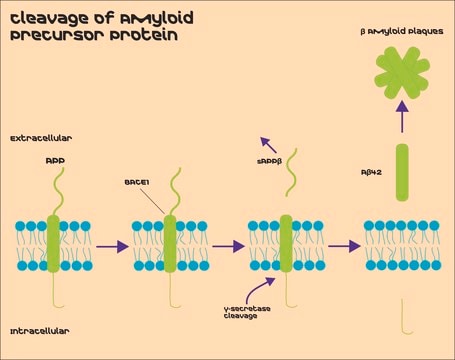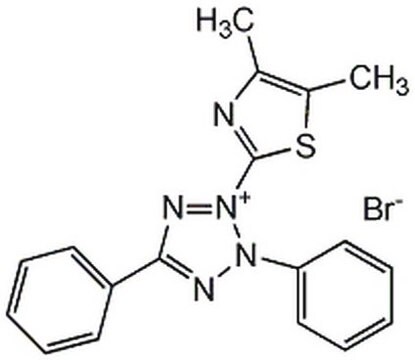565785
β-Secretase Activity Assay Kit, Fluorogenic
Sinônimo(s):
BACE Activity Assay Kit, Fluorogenic
About This Item
Produtos recomendados
uso
sufficient for 100 tests
Nível de qualidade
fabricante/nome comercial
Calbiochem®
condição de armazenamento
OK to freeze
avoid repeated freeze/thaw cycles
protect from light
entrada
sample type tissue extract(s)
sample type purified enzyme(s) (BACE)
sample type cell lysate
método de detecção
fluorometric
temperatura de armazenamento
−20°C
Descrição geral
Componentes
Advertência
Princípio
Nota de preparo
Armazenamento e estabilidade
Outras notas
Informações legais
Palavra indicadora
Danger
Frases de perigo
Declarações de precaução
Classificações de perigo
Eye Dam. 1 - Muta. 2 - Skin Irrit. 2
Código de classe de armazenamento
10 - Combustible liquids
Certificados de análise (COA)
Busque Certificados de análise (COA) digitando o Número do Lote do produto. Os números de lote e remessa podem ser encontrados no rótulo de um produto após a palavra “Lot” ou “Batch”.
Já possui este produto?
Encontre a documentação dos produtos que você adquiriu recentemente na biblioteca de documentos.
Nossa equipe de cientistas tem experiência em todas as áreas de pesquisa, incluindo Life Sciences, ciência de materiais, síntese química, cromatografia, química analítica e muitas outras.
Entre em contato com a assistência técnica








